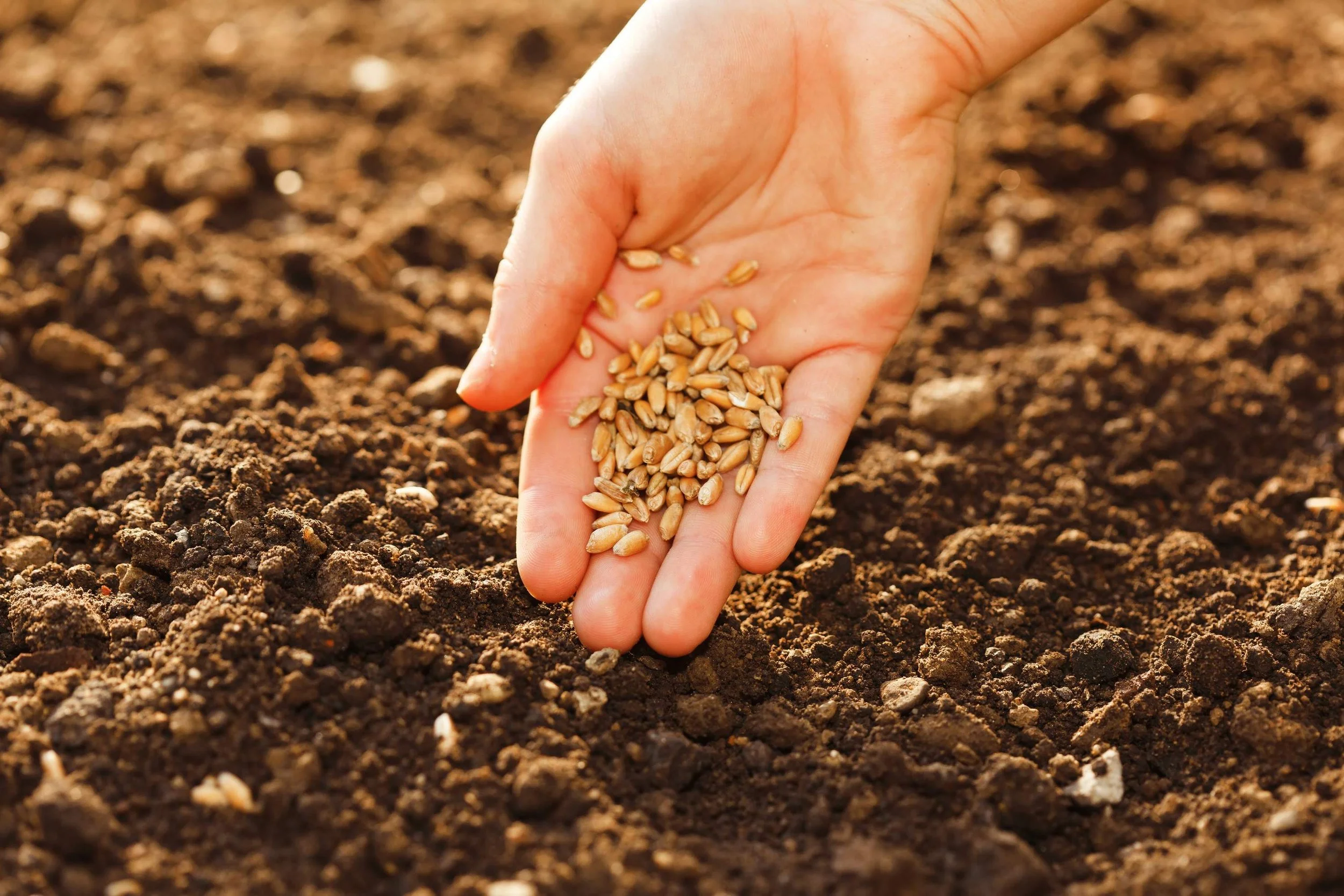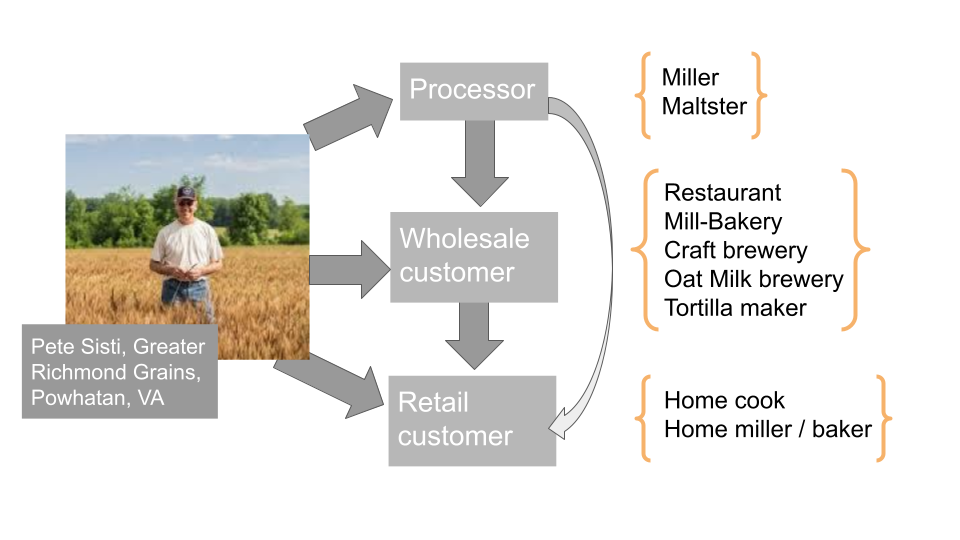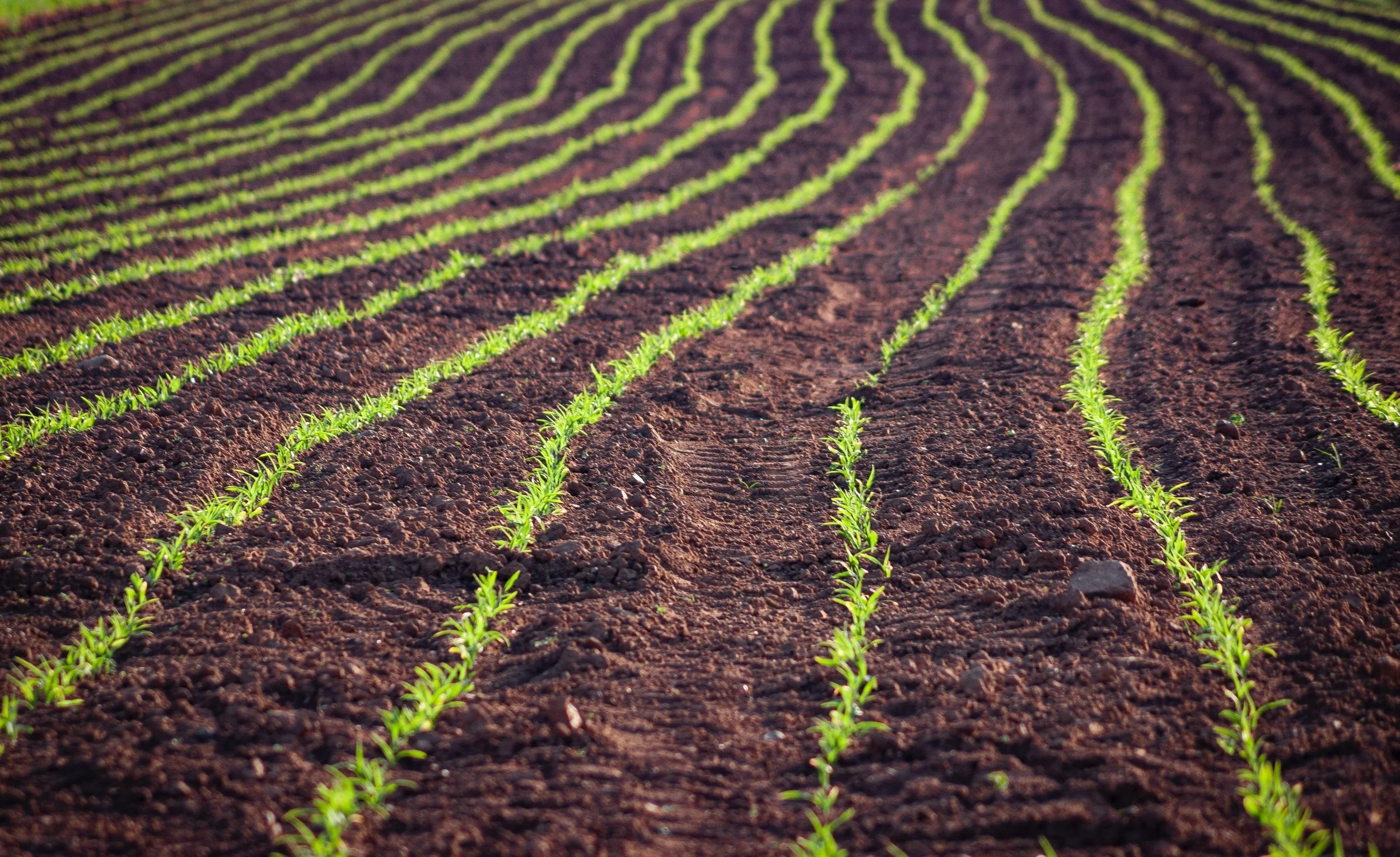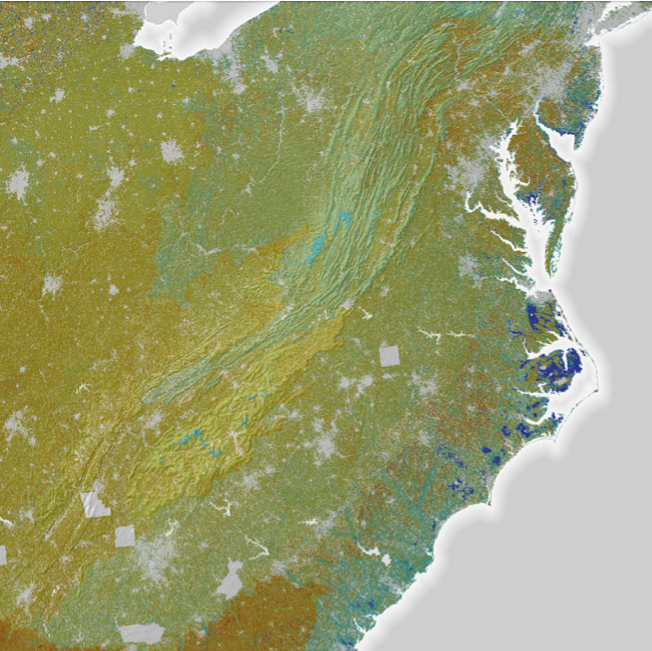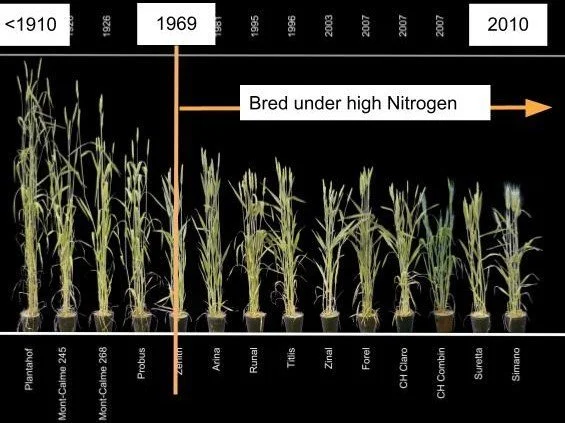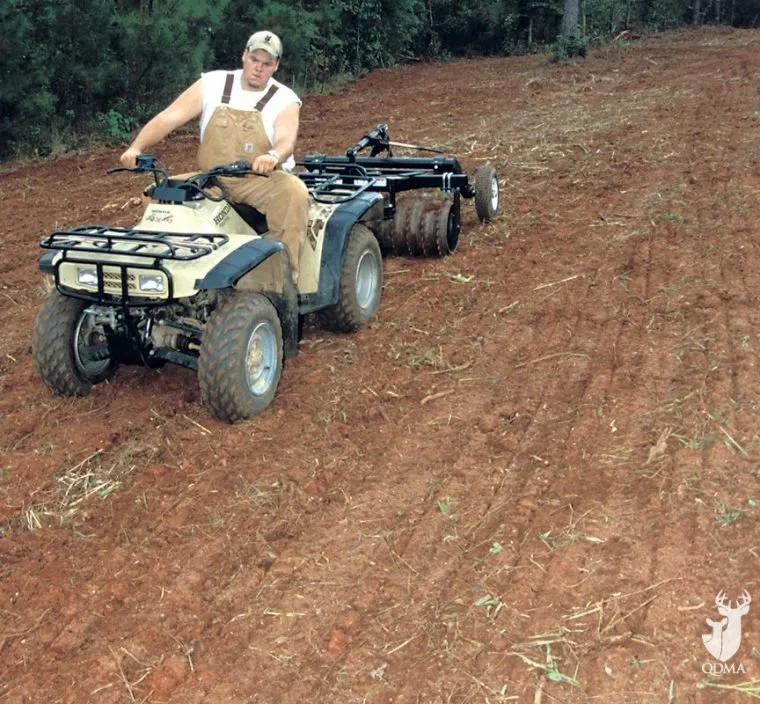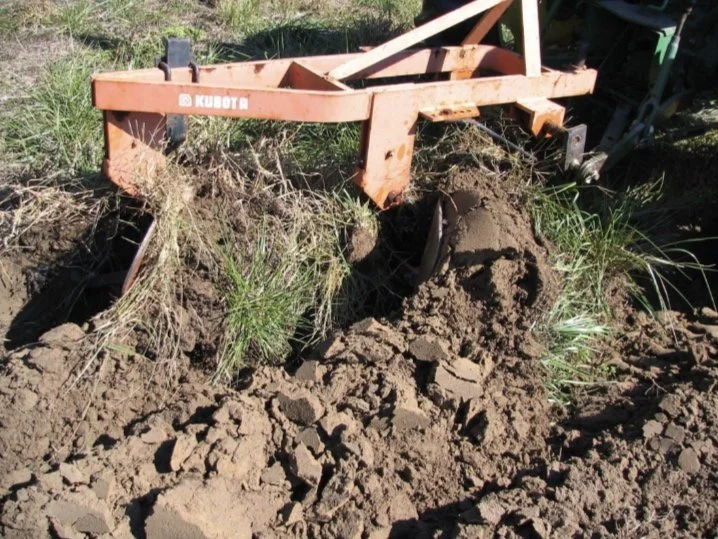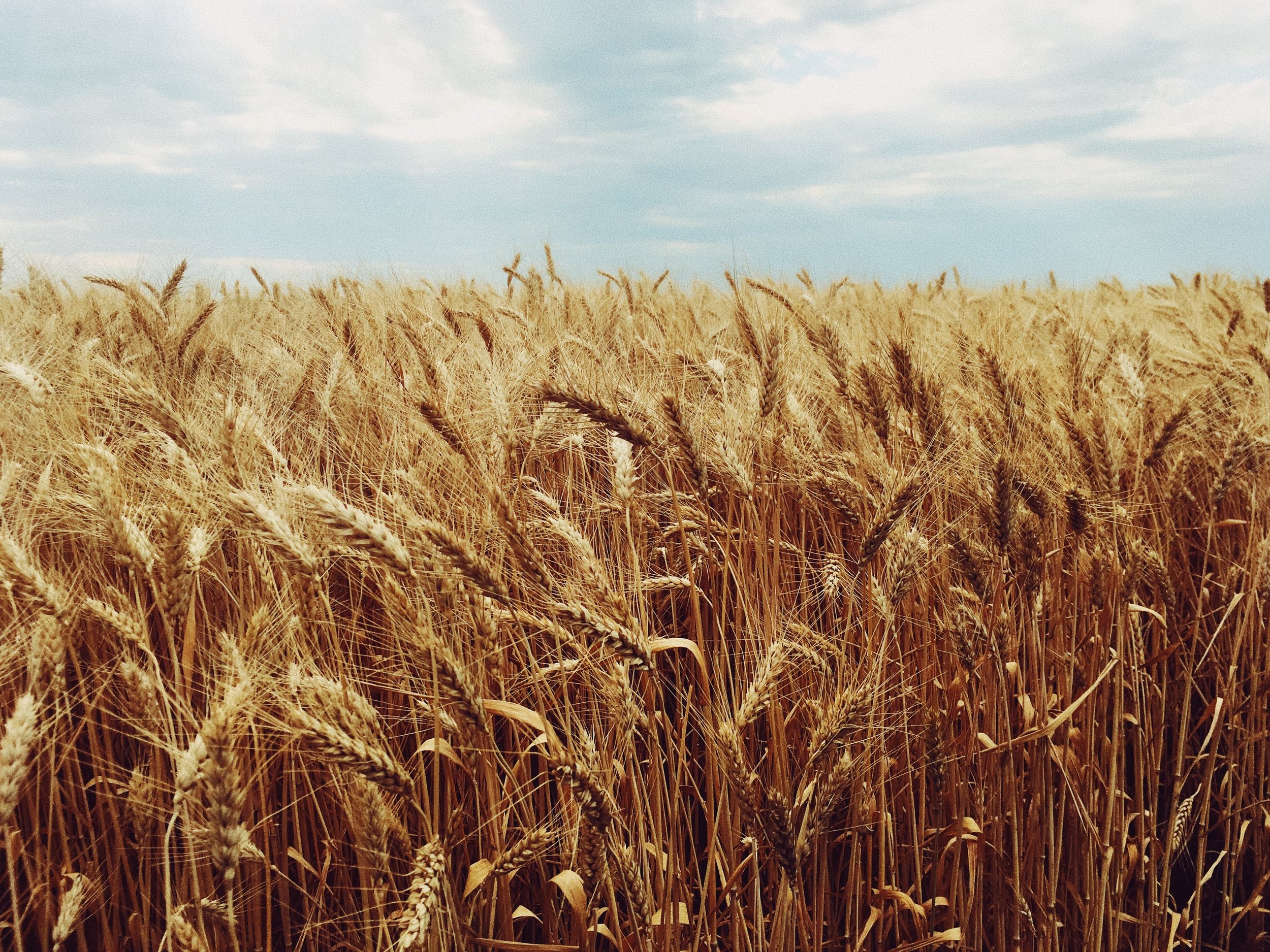
Growing Grain Handbook
The Growing Grain Handbook was developed to address the educational barriers to growing grain for the local market. New and experienced farmers growing on the small- to mid-scale can refer to these documents, educational videos, and blog posts for key considerations for incorporating grains into their businesses. This project was funded by Southern SARE and directed by Heather Coiner.
Grain Farmer Educational Videos
-
![]()
Best Practices in Post-Harvest Storage and Processing
When harvest season is behind us, it’s time to ensure that our grain is properly cleaned, dried, and stored.
-
![]()
Protecting Your Crops Series Part 1: Understanding OMRI-certified Insecticide Options
Dr. Thomas P. Kuhar, Entomology Professor at Virginia Tech, presents best practices associated with using a wide range of natural insecticides that are OMRI-approved.
-
![]()
Protecting Your Crops Series Part 2: Breaking the Disease Triangle: An Integrated Approach to Disease Management
Dr. Steve Rideout, Professor of Plant Pathology at Virginia Tech, discusses an array of tactics available to growers to address and suppress some of the most problematic vegetable diseases in the region.
-
![]()
Protecting Your Crops Series Part 3: Flame Weeding for Market Farms and Gardens
Learn best practices, tools, and techniques for flame weeding from Charlie House, who has been gardening professionally since 1983 and consults on flame weeding with farms of all sizes through his company, Earth and Sky Solutions
-
![]()
Small Scale Grain Growing and Processing
Nazirahk Amen and family operate Purple Mountain Grown, a 20 acre peri-urban farming venture that features grains, dry beans, and specialty crops. Heinz Thomet and family have been farming in southern Maryland at Next Step Produce for over twenty years. From dryland rice and artisanal wheat varieties to heirloom dried beans, Next Step and Purple Mountain use regenerative and biological farming techniques which strive to create nutrient dense outputs. Heinz and Nazirahk will discuss the ins and outs of these operations including logistics and small-scale grain harvesting, drying and processing techniques and equipment which allows them to deliver grains from farm to table.
-
![]()
Growing Grains for Soil Health
Presentation by Dr. Erin Silva of the Organic Grain Resource and Information Network (OGRAIN) out of the University of Wisconsin. Dr. Silva will cover the basics of soil health, including an overview of the science, what we know about soil biology, and why cereal grains are so critical in achieving good soil health
-
![]()
Backyard Rice Production
Urban rice production can be a serious calorie and carbon sequestration crop for food security and climate change concerns. You don’t need a paddy, tropical clime, or acres of land to grow this crop under backyard urban conditions! Join Mchezaji "Che" Axum, Director of UDC's Center for Urban Agriculture and Gardening Education, to learn why it is important for gardeners to grow calorie crops, even on a small scale.
-
![]()
Grant Writing for Farmers
This session is designed for farmers with little-to-no grant writing experience, although the hands-on activities in the second half of the program will be helpful for farmers at any level. It will include an introduction to grants at the local and federal level, overview of the grant submission process, and tips on how to tailor your pitch. We will spend time with hands-on activities including a review of a sample request for proposals (RFP), individual pitches in response to those RFPs, and a mock review panel to evaluate and rank sample proposals. You will walk away from this session with a solid foundation to get the money you need! Presenters: Caroline Selle (Winding Root Farm, MD), Ben Shorofsky (CGA Board of Directors and Back Alley Bagel, OH)
Growing Grain Blog
-
![]()
Wild Garlic Stinks
Few cleaning problems are as tough as this one.
-
![]()
What is Ancient Wheat, Anyway?
Let’s have a look at how we talk about wheat.
-
![]()
Equipment for Planting Corn and Cereals
A seed drill is the best, but you can get started without one.
-
![]()
Can Small Farmers Really Grow Grain?
Yes, it is tricky, but with the right farm system, equipment, and markets, people do it.
-
![]()
Choosing the Best Grain Buyers for your Business
Working in the direct market with small grain presents a variety of opportunities to structure your business in a way that works for you.
-
![]()
What is the Direct Market for Grain, Anyway?
The vast majority of grain in the US is sold on the commodity market–this is not what we are talking about here.
-
![]()
Fusarium Head Blight
Damp weather at flowering time makes this an important disease to manage in the Mid-Atlantic.
-
![]()
Planning Crop Rotations
Choosing which cover crops to plant can be baffling, but don’t let that stop you from just planting something–it will be better than nothing.
-
![]()
Factors that Impact Germination Rates
The good news is, you have some control over most of them.
-
![]()
Post-Harvest Cleaning of Food-Grade Grain - Part 1
We’ll start by looking at all the things that can end up in your harvest other than what you want.
-
![]()
Baking Whole Grain Bread with Low Gluten Flour
Mid-Atlantic grain tends to have lower protein content, but you can still make a great loaf of bread.
-
![]()
Wheat Growth Stages
They seem overly complicated, but many management decisions depend on the growth stage of your crop.
-
![]()
Acres in a Loaf of Bread
Growing this grain chain of ours means understanding how many buyers we need to support our growers. Hint–it’s more than you probably think.
-
![]()
When Carbon Meets Nitrogen
We all know that crops need nitrogen to do photosynthesis–their role in the carbon cycle–but what about the influence of soil carbon on making nitrogen available to plants?
-
![]()
One Difference Between Polenta and Grits
Or, a beautiful connection between growing conditions and cuisine.
-
![]()
Steps to Harvesting Grain
The names of the steps persist in our everyday language as metaphors, even as the combine has made the processes themselves obsolete–almost.
-
![]()
What is "Modern" Wheat?
“Modern” wheat has a bad reputation, but some modern breeding programs have changed their focus to help sustainable small- and mid-size farmers.
-
![]()
Organic N for Wheat: When, and How Much?
Translating conventional fertilizer recommendations into more sustainable systems opens a Pandora’s box of factors, but we can still come up with a reasonable place to start.
-
![]()
Preparing Ground for Field Crops - Part 2
A firm, smooth seedbed is key to good cereal germination.
-
![]()
Preparing Ground for Field Crops - Part 1
“Tactical tillage” may actually be the most sustainable option on the small- to mid-size scale.
-
![]()
Preparing a Small Plot for Row Crops
Getting ready to grow dry corn, dry beans, and sunflowers for seed is a lot like getting ground ready for vegetables.
-
![]()
Welcome to "Growing Grain"
A new blog about Common Grain Alliance’s Grain Farmer Education project.
















